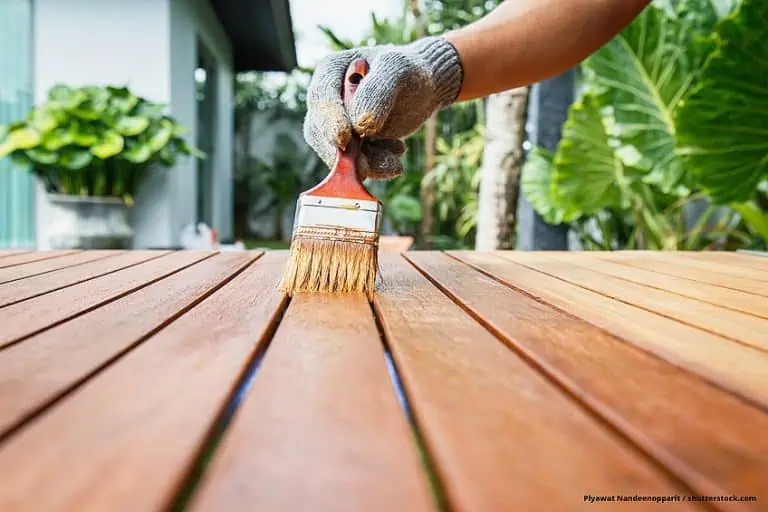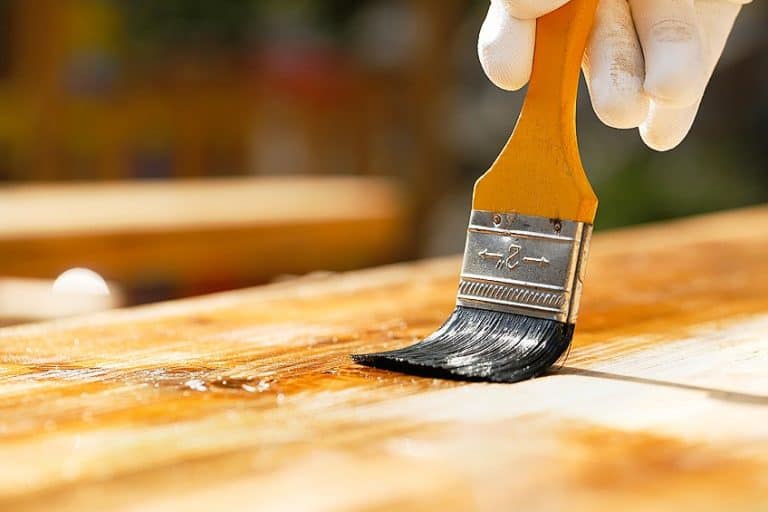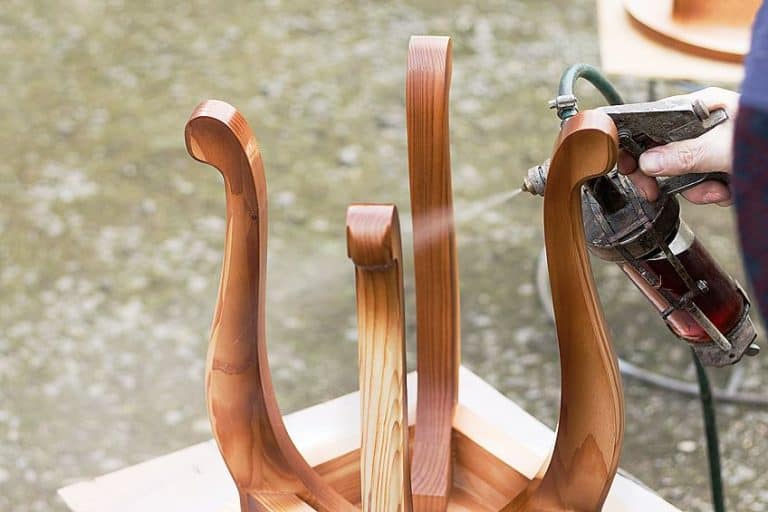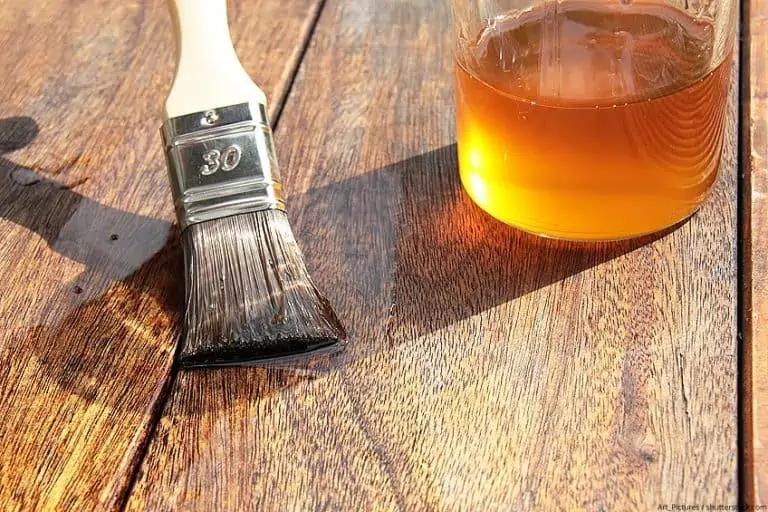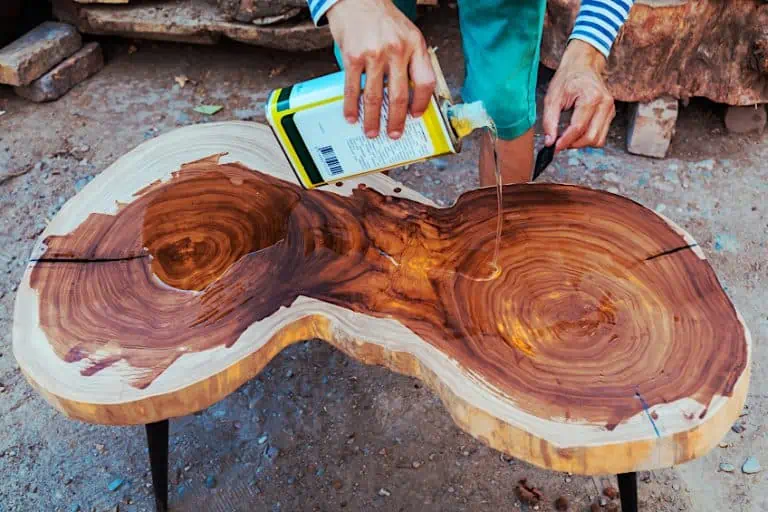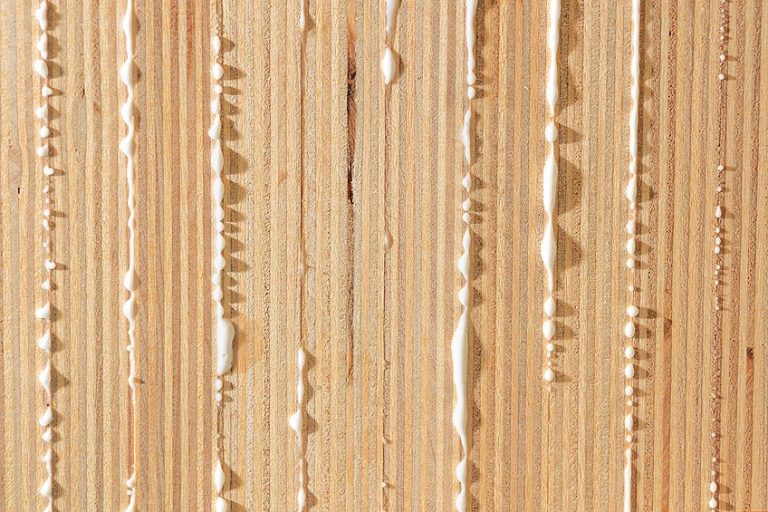How to Seal Acrylic Paint on Wood – Best Acrylic Paint Sealants
Sealing acrylic paint when it has been applied to wood is essential for many reasons. Not only does a sealant achieve your desired finish, but, more importantly, it enhances the durability of your paint, protecting it against damage from the elements or everyday wear and tear. Continue reading for our recommendations on which sealants to use on acrylic, and our top tips on how to apply acrylic paint sealers to wood surfaces.
Different Types of Sealers
The best sealant for you is really the one that will suit the particular project you are working on, as well as your preferences and needs. With these in mind, take a look at the table below with the options that we have found to be ideal for sealing acrylic paint on wood. This information should assist you in your choice.
| Sealer | General Purpose | Finish | Properties |
| Water-Based Polyurethane | Outdoors, usually on stained wood | May yellow over time | Durable |
| Furniture Wax | Not for items that are used frequently | Flat finish, with a soft sheen | Easy to apply, water-resistant but wears easily |
| Glaze or Varnish | Functions as a strong topcoat | Glossy, with a clear or yellowish tint | Durable |
| Acrylic Resin Varnish | Preserving top coat | High gloss, makes colors pop | Durable |
| Acrylic Polymer Varnish | Preserving top coat | Matte | UV and dust protection and prevents yellowing |
| Mod Podge
| Versatile glue and sealer for indoors
| Dries clear, smooth, with matt or gloss finish | Durable, quick-drying |
| Polyvinyl Acetate (PVA) Glue – Watered Down | For a wood panel canvas, alternative to mod podge | Dries clear | Waterproof but not durable |
| Polycrylic | Usually for interior use | Clear with gloss, satin, or matte finish | Durable |

What to Look out for when Choosing a Sealant
When selecting a sealer for your acrylic painted wood project, you will need to consider a few important factors. Below is a basic summary of the above table, detailing features specifically relevant to this type of project. Take a look at this brief little checklist below and keep these in mind when shopping for a sealer.
- Finish (glossy or matte – select whichever you prefer)
- Self-leveling
- Water-based
- Easy clean-up
- Will not show brushstrokes
- Non-yellowing
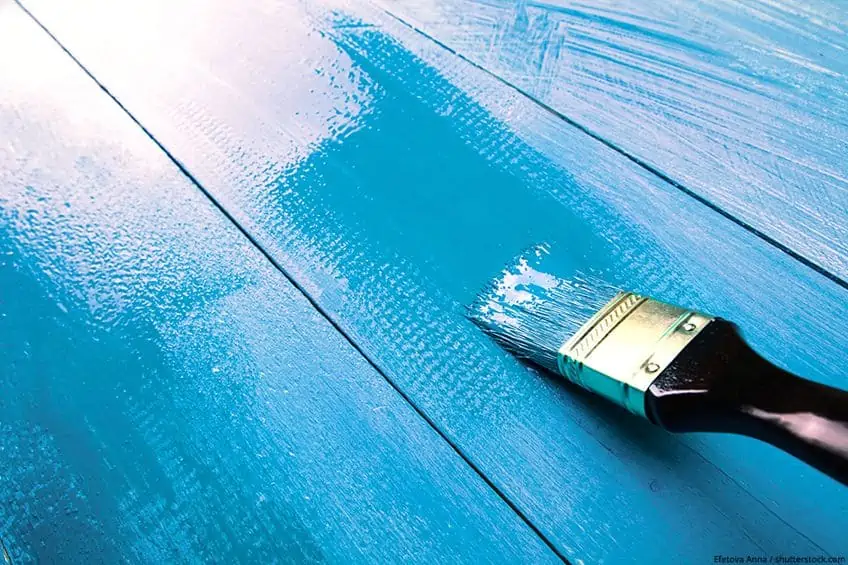
How to Use Different Sealants on Acrylic Painted Wood
If this is the first time you are sealing painted wood or do not have a lot of experience with acrylic paint sealing, then the information and tutorials below will be useful for your next project. Here we will cover a few different types of sealants and offer guidelines on how to use them for sealing painted wood.

How to Use PVA Glue as an Acrylic Paint Sealer
PVA glue is a great option for sealing painted wood, particularly if you are on a budget. It is relatively cost-effective and easy to find in stores. While it is not exactly waterproof, it will provide a relatively water-resistant seal on acrylic painted wood or any other wooden surface. Remember, this product should always be watered down when you are going to use it to seal acrylic paint. Follow the steps below when using PVA as a clear sealant for wood.
- Combine one part of water with two parts of PVA glue.
- Stir the mixture thoroughly.
- Apply one coat to the acrylic painted wood using a soft brush or sponge.
- Allow the diluted PVA glue coat to dry for one hour.
- Apply a second coat and allow this to dry overnight.
- Your paint object will be ready for handling in the morning.

How to Use Polycrylic as an Acrylic Paint Sealer
A polycrylic sealer is ideal for indoor furniture that will be subject to frequent use. It offers protection from mechanical damage as well as from UV and moisture damage. It is important to note that a water-based, rather than a solvent-based polycrylic, should be used. Follow this step-by-step guide on how to use this product as a clear sealant for wood.
- Put down paper or old sheets to protect your work area from drips and mess
- Once dry, wipe down the acrylic painted surface using a microfiber cloth to get rid of any dust
- Apply the polycrylic sealer using a good-quality brush, roller, or acrylic sealant spray
- Ensure the product is applied in a few thin coats, allowing for 1 hour drying time in between
- Wait 30 minutes before handling and 24 hours after applying the last coat before using your wooden item
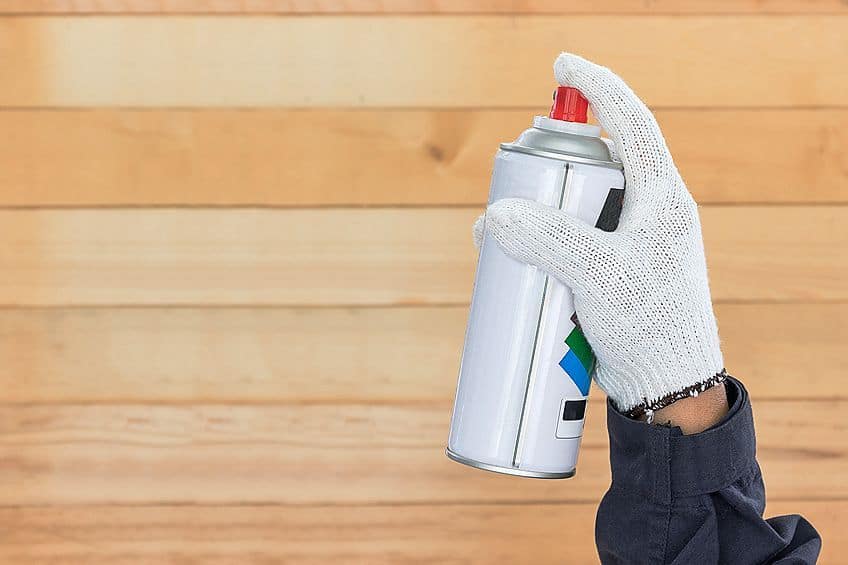
How to Use Polyurethane as an Acrylic Paint Sealer
If you are wondering how to seal acrylic paint on wood for outdoors, this product and tutorial are for you. A polyurethane sealer offers a strong protective layer, shielding your painted wood project from all outdoor elements. It will also protect the painted surface from chips and scratches.
Polyurethane may appear milky on application but it dries clear. Once again, be sure to pick out a water-based polyurethane, as a solvent-based product will ruin your painted surface. Take a look at the directions below for best results.
- Prepare your workspace by ensuring good ventilation and laying down newspaper to protect your floors from drips or mess.
- Once your acrylic painted surface is completely dry, wipe it down to remove any dust that might have settled on it.
- Open the can of polyurethane and stir well. Avoid shaking the can as this will cause bubbles to form on the painted surface. If you are using a spray, be sure to shake it for a couple of minutes before application.
- Apply one thin, even coat of polyurethane sealer in a spray or liquid form using agood quality brush.
- Allow this coat to dry for 6 hours.
- Once completely dry, lightly sand the first coat and then apply the second coat.
- For an extra durable layer, add a third coat, remembering to wait 4 to 6 hours between applications.
- After the final coat, wait 24 hours before using it outdoors.
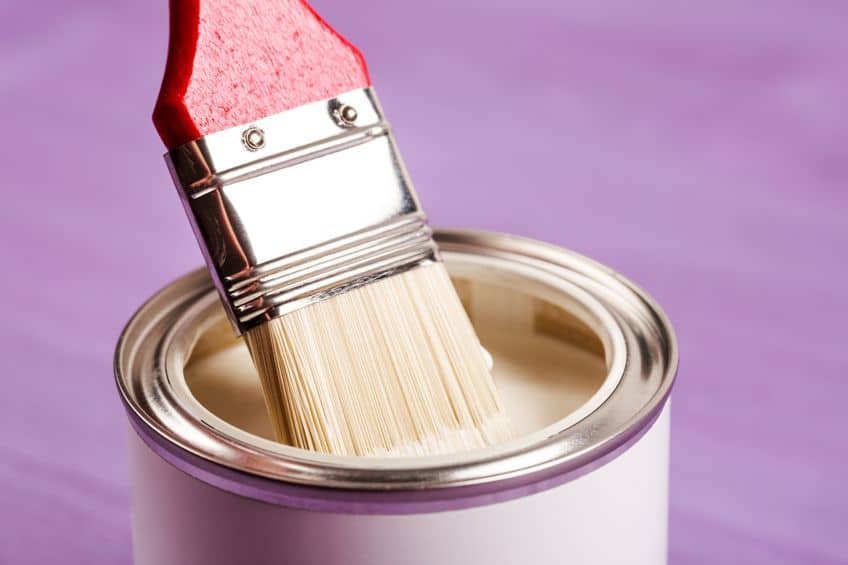
How to Use Mod Podge as an Acrylic Paint Sealer
Mod Podge is a wonderfully versatile product, quick-drying and durable – making it a popular choice for DIYers and crafters alike. It is compatible with acrylic paint and therefore works as a great sealer for acrylic-painted wood. A brush-on, rather than a spray-on Mod Podge sealer is best for applying to canvas and wood surfaces. Check out the steps below for sealing your acrylic painted project.
- Wait for your acrylic painted surface to completely dry
- Apply Mod Podge in a thin, even layer using a foam brush
- Allow at least 15 to 20 minutes for drying time
- Once the first coat has completely dried, apply a second coat
- At least two coats of Mod Podge is advisable with sufficient drying time in between
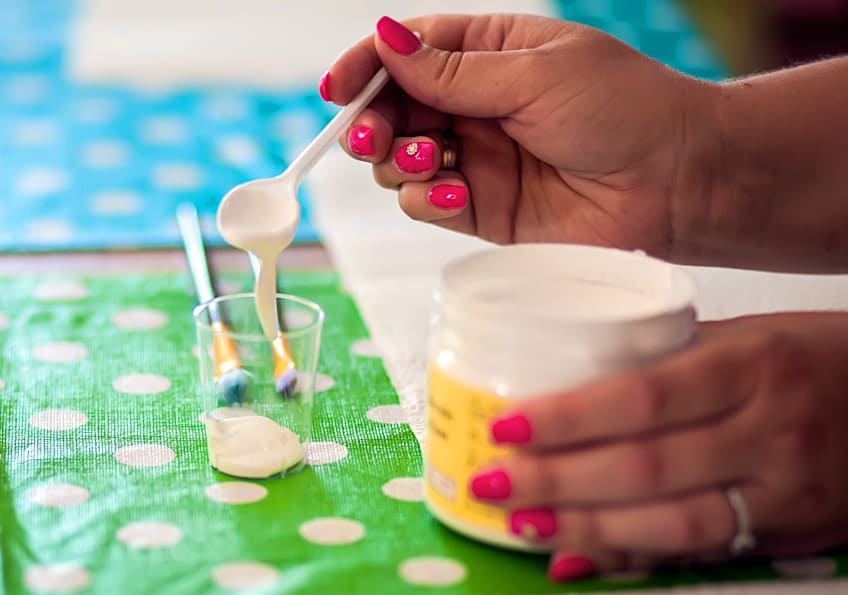
How to Apply Sealant to Acrylic Paintings
This one is for the artists – who will agree that sealing an acrylic painting is imperative for several reasons. Firstly, a topcoat will protect the painting from dust, discoloration, fading, and dirt. It will also ensure that the painting is water-resistant. Secondly, a sealer, particularly one with a glossy finish will brighten up the acrylic colors – which would otherwise appear dull and matte once dry and left unsealed. Thirdly, an acrylic painting may dry with some unwanted textures and bumps. These can be smoothed out using a good self-leveling sealer.
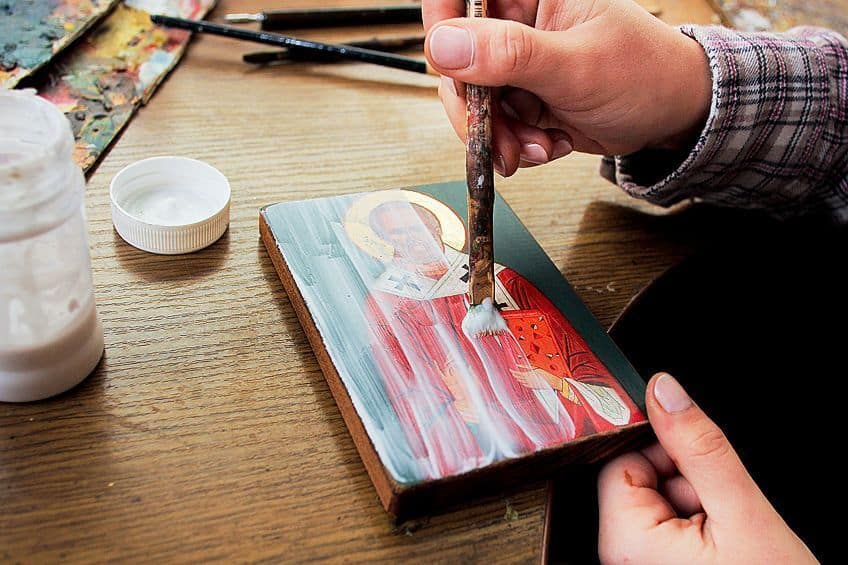
If you are a beginner, you may find this quick tutorial helpful. After your painting has cured and you have selected your sealer, you are ready to apply the protective topcoat. For guidance on how to apply a sealer to an acrylic painting, follow these easy steps.
- In one corner of the painting, drop a small amount of polycrylic
- Spread the sealer across the painting from the corner
- Use a foam brush and work with light, consistent pressure throughout the application
- Ensure that the entire surface of the painting has been evenly coated
- Thoroughly clean and dry the foam brush in between coats
- Apply two to four coats of sealer to the painting, allowing for at least 2 hours for the previous coat to dry

Tips and Tricks
- On a budget? Use watered-down PVA instead of a regular varnish or finish
- Shake or stir the product as directed on the label before application
- For optimum durability, always choose a product with a high gloss finish
- To avoid visible brush strokes, use a sponge brush or roller
- For best results, apply the product in thin layers
- To preserve colors and make them pop, use a gloss finish
- To avoid glare, use a matte finish
- Create a test piece before applying the sealant to your new project to ensure compatibility and desired results
- Allow some time for curing (up to 3 weeks, depending on the type of sealant used)
- When using an acrylic paint sealer spray, hold the can 10 to 12 inches above the wood surface and use a slow, even side to side motion to apply the sealer
Sealing acrylic paint on wood is non-negotiable if you want your DIY or craft project to stand out and stand the test of time. Sealing enhances the look of your painting or furniture piece and protects it from all sorts of damage. As you will have read, this is a fairly easy, straightforward process and there are numerous sealer options available to suit all needs and preferences. We hope this article has been of some help to you in selecting the right sealer for you and applying it successfully.
Frequently Asked Questions
Is Acrylic Paint Waterproof on Wood?
Acrylic paint is not waterproof. Any item painted with acrylic paint only is at risk of moisture damage, among other problems. Make sure you select a waterproof acrylic sealer for painted wooden crafts that will be exposed to the elements.
Can I Use Mod Podge to Seal Acrylic Paint?
Mod Podge is used as both a glue and as a protective sealer. It is compatible with almost any porous surface. As a sealer, it provides a good protective finish for acrylic painted wood, fabrics, decoupage and other paper projects.
How Long Will the Sealer Last?
This depends on what kind of sealer you have chosen to use and on how frequently the painted object will be used. In general, an acrylic sealer will last between one and three years. Urethane and epoxy sealers will last for five to ten years.
What Is the Hardest Clear Coat for Wood?
Polyurethane gets first-prize when it comes to durability and toughness. If you are not sure how to seal acrylic paint on wood for outdoors, a polyurethane sealant is your best bet. It offers a superb clear coating that protects your painted surface from harsh weather and heavy wear and tear.
What Is the Difference Between Polyurethane and Polycrylic?
Polycrylic sealants are not as durable as polyurethane sealants. Polycrylic is therefore ideal for use on indoor surfaces, trim, and furniture. Polyurethane is perfect as a waterproof acrylic sealer for crafts and outdoor projects. It can withstand harsh weather conditions and will last longer than polycrylic.
Can I Use Acrylic Paint Sealer Spray Indoors?
This is not ideal. Some acrylic paint sealer sprays contain harmful fumes and gases. It is better to set up your workstation outdoors when working with a sealer spray. Always be sure to read all warnings and instructions on the label and proceed accordingly.

I have been into woodworking since 2005 and woodturning since 2011. Because of my love for wood and woodworking, I started woodhappen.com to teach other enthusiasts about how to finish and seal wood, the best woodworking tools, the different types of wood, and everything else related to woodworking! Read more about me here.


